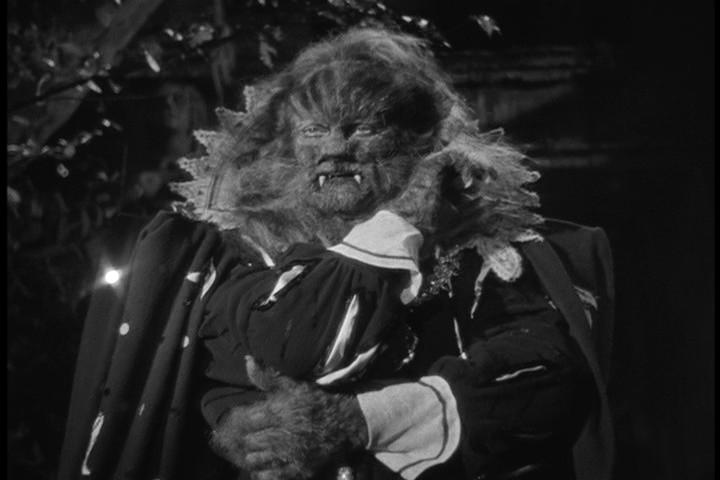To be perfectly honest, I've slightly been dreading this. Mainly because I've been worried how on earth I'll be able to incorporate dictatorship without being ridiculously generic.
Where dictatorship is involved you tend to see very strict, open halls with banners sprawled everywhere with the emblem of the nation - a trope I nearly fell into before I spoke to Jordan this Monday.
We discussed that I would need to incorporate these ideas without getting caught up in the typicalities of the trope - and also involve the avian aspect as well.
So instead of creating an environment for humans with an bird-like touch, I went opposite.
Below I painted the environment I suspect my avian dictator to live in (the location of the lair being in an underground cavern in which the giant tree's roots created/made a path to...which is currently being developed)
I tried to incorporate uniformality in the form of the identical birdhouses, and the source of power/leadership being focused at the tree in the center.
No.1 is the original without any colour filters and messing around with the hue and saturation like in 2&3.
After deciding on the type of environment my character will possibly be based in, I was able to design him a bit easier:
Seeing as their living in a woodland I decided on a more tribal/elder-look for my character.
I will have thumbnails of the secret lair and hero prop ready for later. I would love to hear your views on this take of my avian dictator!





























